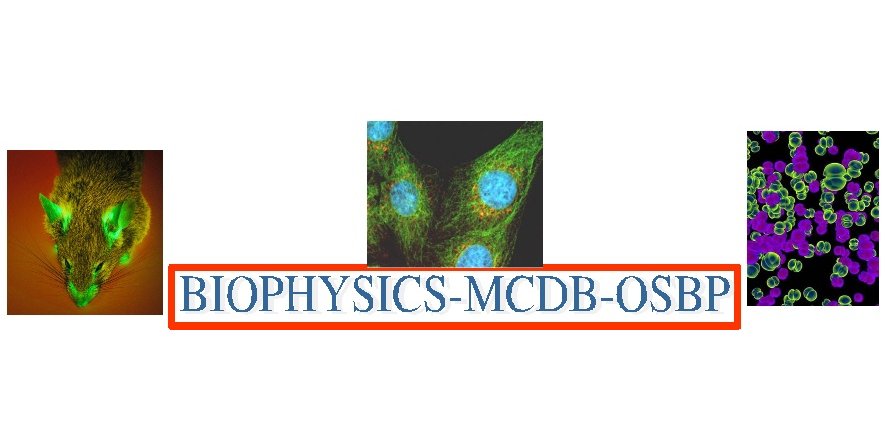Interdisciplinary Graduate Programs Symposium

2010 OSU Molecular Life Sciences
Interdisciplinary Graduate Programs Symposium

Poster abstracts
Abstract:
The linear DNA genomes of rAAV vectors are acted by multiple DNA repair and recombination pathways upon release into the host nucleus, resulting in circularization, concatemer formation, or chromosomal integration. We have examined the fate of rAAV genomes in cell lines deficient in each of three signaling factors ATM, ATR, and DNA-PKCS, orchestrating major DNA double-strand break (DSB) repair pathways. In cells deficient in ATM, an important factor in DSB repair by homologous recombination (HR), transduction scored by GFP expression is increased relative to wt cells by 2.5-fold for conventional single-strand AAV (ssAAV) and 5-fold for self-complementary AAV (scAAV) vectors. The greater increase in scAAV transduction suggests that this effect is not mediated at the level of second-strand synthesis, which is not required for these vectors. Despite the increased transduction, there was no increase in the number of vector genomes that circularized, as determined by vectors that require circularization to express a split GFP gene. The increased transduction in ATM-deficient cells is not reflected in Southern blots of nuclear vector DNA, either as circular or linear forms. Based on these results, we propose a transcriptional silencing mechanism related to the interaction of ATM with the vector genome. A similar effect was observed in ATR-deficient cells, but was specific for ssAAV vectors, consistent with the ssDNA substrate recognition properties of the ATR-mediated HR pathway. Conversely, a large decrease in transduction and a concomitant decrease in circularization were observed in cells deficient in DNA-PKCS, which is required for non-homologous end joining rather than HR-mediated repair. Transfection experiments with synthetic mimics of vector genomes revealed that the HR-related decrease in gene expression required the presence of an AAV inverted terminal repeat, specifically in the hairpin conformation, at one or both ends of the genome.
Keywords: rAAV, DNA recombination, gene therapy